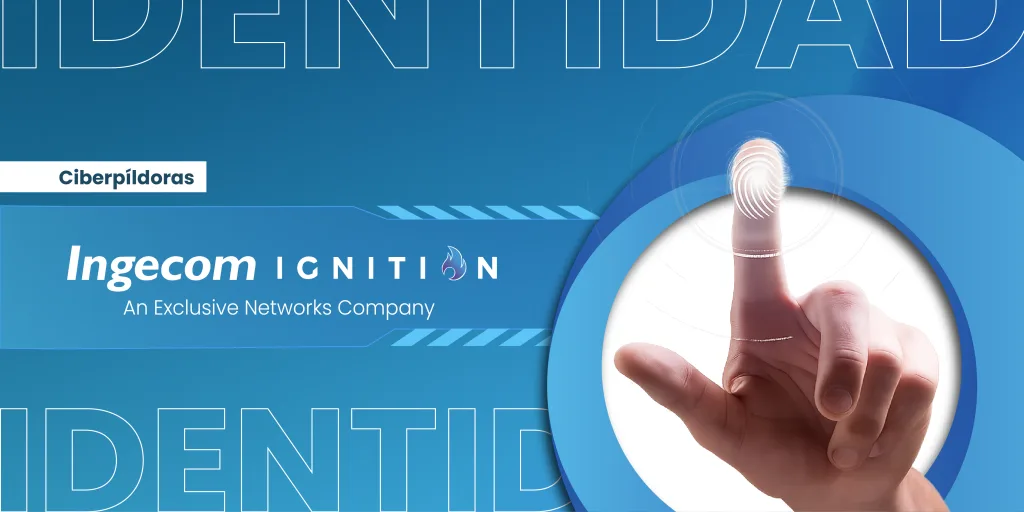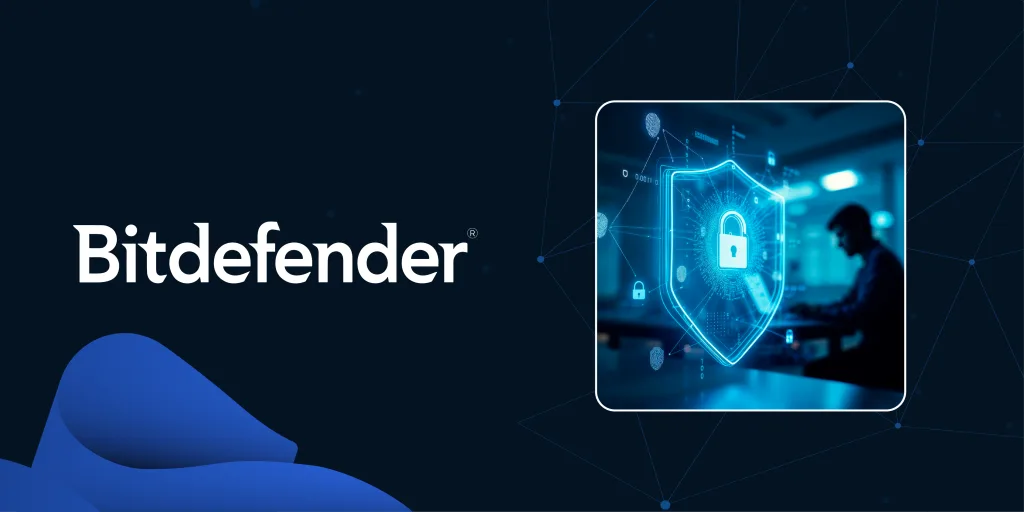SOBRE INGECOM IGNITION



NUESTRAS SOLUCIONES

Ingecom Ignition tiene acuerdos de colaboración con más de treinta proveedores para trabajar con ellos como Value Added Distributor.

destacados de la semana

¿Cómo evolucionan las estrategias de autenticación y protección de identidades frente al incremento de los ataques?
En un escenario donde los ataques contra identidades se disparan y el movimiento lateral dentro de las redes alcanza nuevos niveles de sofisticación, la combinación de una plataforma de autenticación unificada con llaves de seguridad basadas en hardware se perfila como un requisito imprescindible de cara a 2026. Sobre esta evolución y su impacto en la protección de accesos críticos, Enrique Martín, BDM de Silverfort y Yubico en Ingecom Ignition España, nos ofrece su visión.
Caso de Éxito: Hospiten controla todos sus dispositivos con Claroty
Hospiten implementa Claroty xDome for Healthcare para proteger y gestionar miles de dispositivos IoMT, IoT, OT y TI en sus 20 hospitales de Europa y América. La plataforma ofrece visibilidad centralizada, mayor control y trazabilidad, reduce riesgos y mejora la eficiencia operativa de equipos biomédicos, TI y mantenimiento, proporcionando además estadísticas clave para optimizar la gestión del equipamiento médico.
Diseña tu futuro con Bitdefender, tu socio en ciberseguridad
En Ingecom Ignition vemos tu negocio no solo como es, sino como puede llegar a ser. Multiplica su valor, convierte la confianza en crecimiento y crea el negocio que tú eliges. Construye tu futuro, no solo tu próxima venta.
¡Activa tu ChatBot Alex de Cyber Guru gratis durante 3 meses!
Conoce a Alex, el chatbot de Cyber Guru que fortalece la cultura de ciberseguridad en tu organización con sesiones breves, interactivas y divertidas. Disponible en Teams, Slack, Google Chat y web, ayuda a tu equipo a adoptar buenas prácticas y reducir errores humanos.
INFORMACIÓN DE INTERÉS


¿Por qué los accesos privilegiados serán clave en la ciberseguridad?

¿Cómo evolucionan las estrategias de autenticación y protección de identidades frente al incremento de los ataques?

¡Cuidado con la vulnerabilidad REACT2SHELL!
¡RECIBE NUESTRA NEWSLETTER!
Obtenga las últimas actualizaciones sobre ciberseguridad y ciberinteligencia para proteger sus datos y adelantarse a las amenazas digitales.
Suscríbete















